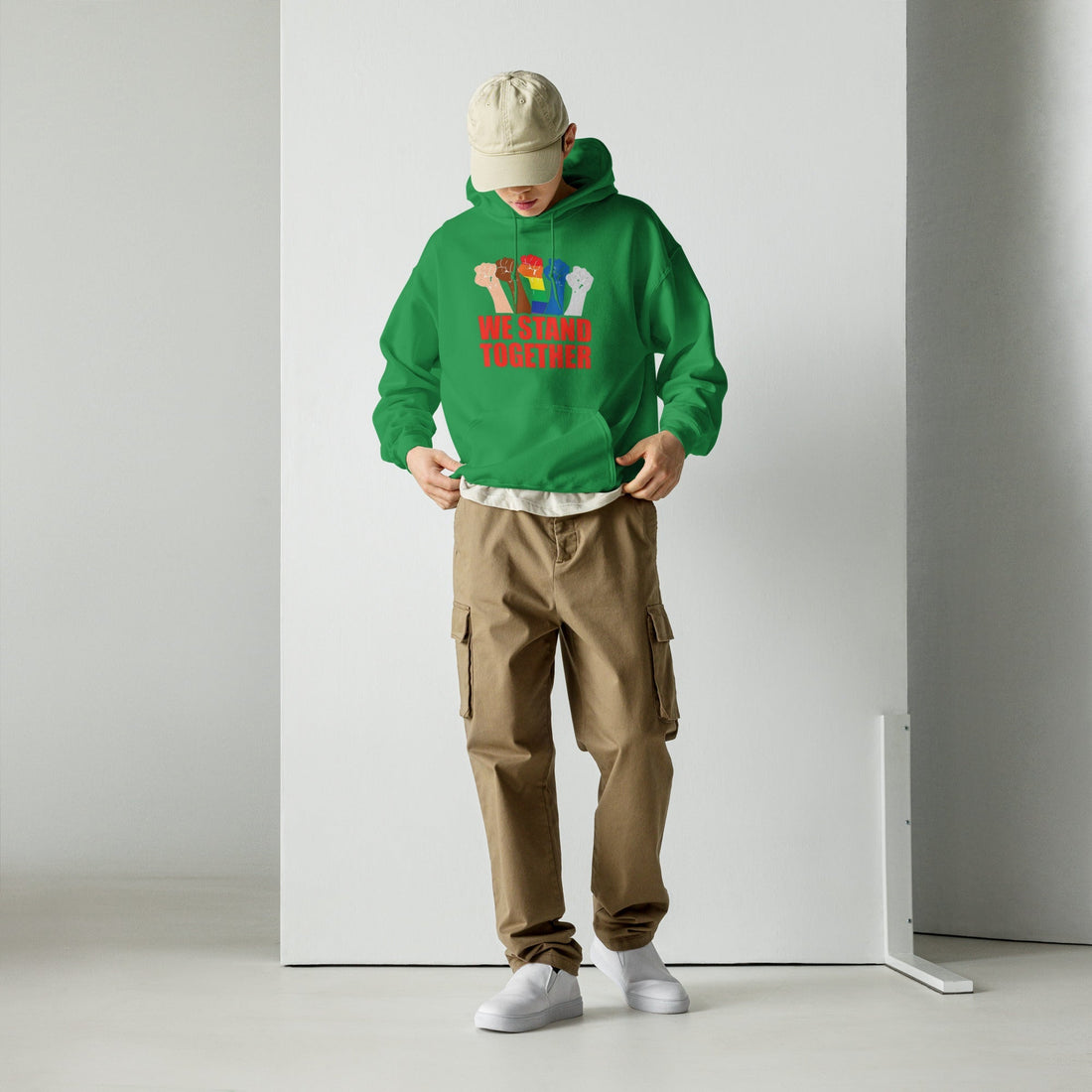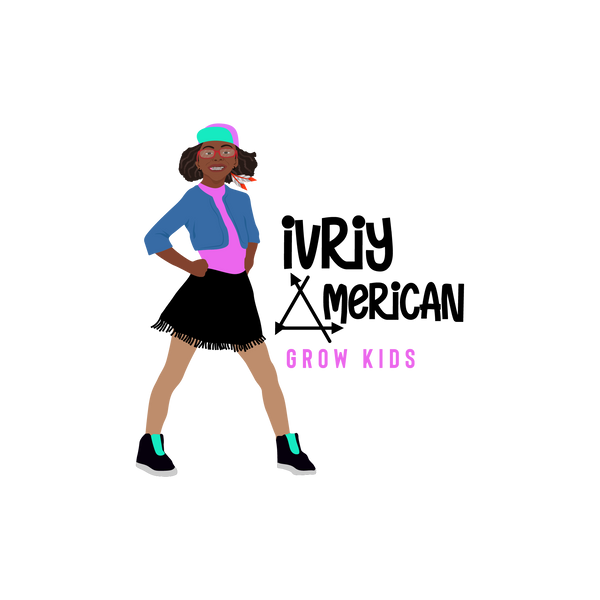
How to Start a DTF Hoodie and T-Shirt Business: A Step-by-Step Guide to Launching a Profitable Apparel Brand
Share
Why Start a DTF T-Shirt and Hoodie Business?
In the era of digital entrepreneurship, custom clothing has taken center stage as a powerful medium of expression and income. Direct-to-Film (DTF) printing offers an accessible, high-quality method to launch a hoodie and t-shirt business with lower startup costs and the ability to print on demand.
Whether you're launching a heritage-inspired streetwear brand or building a movement around faith, unity, and empowerment—DTF is a smart and scalable route to bring your vision to life.
What Is DTF Printing?
DTF (Direct-to-Film) printing is a technique where designs are printed onto special film, coated with powder adhesive, and then heat-pressed onto garments like t-shirts and hoodies. It offers vibrant colors, stretch durability, and works on cotton, polyester, blends, and even dark fabrics.
Benefits of DTF for Small Business Owners:
-
Low-cost startup
-
Fast design-to-product turnaround
-
No pre-treatment required like DTG (Direct to Garment)
-
Print-on-demand or bulk options
-
Compatible with all fabric types
Step 1: Develop Your Brand Identity
Before you print anything, define your brand. Ask yourself:
-
What story are you telling?
-
Who is your audience?
-
What style, values, or movement does your brand represent?
Example:
If your focus is Afro-Indigenous heritage, your designs might blend ancestral symbols, affirmations, and cultural slogans that resonate with your target audience.
Pro Tip:
Choose a memorable brand name, logo, and slogan. For example, “Ivriy American: Wear Your Legacy” tells a story and evokes emotional connection.
Step 2: Plan Your Startup Budget
Basic Startup Budget for a DTF Apparel Business:
| Item | Estimated Cost |
|---|---|
| DTF Printer (starter model) | $1,500–$3,000 |
| Heat Press | $200–$500 |
| Film Sheets & Adhesive Powder | $150 |
| Blank T-Shirts & Hoodies (Initial Inventory) | $500–$1,000 |
| Design Software (Canva, Adobe, Affinity) | $0–$20/mo |
| Website Setup (Shopify, Wix, etc.) | $30–$50/mo |
| Marketing Budget (ads, promo) | $200–$500 |
Total Budget Estimate: $2,500–$5,000
You can scale smaller if outsourcing DTF prints instead of printing in-house.
Step 3: Design Your Collection
Create 10–20 initial designs that capture your brand voice. Focus on:
-
Catchy slogans (e.g., “Born Sover’n,” “Roots Run Both Ways”)
-
Cultural symbols or ancestral imagery
-
Simple, bold graphics (easy to recognize and print)
-
Seasonal variations (e.g., Juneteenth, Back-to-School, Holidays)
Design Tips for DTF:
-
Use high-resolution transparent PNG files
-
Avoid gradients or shadows unless you're confident in your printer's capability
-
Stick with bold fonts and contrast for readability
Step 4: Source Quality Blanks
Your hoodie and t-shirt quality matters just as much as your designs.
Recommended Apparel Brands:
-
Gildan – Affordable, basic styles
-
Bella+Canvas – Premium softness, good for fashion-focused brands
-
Hanes ComfortWash – Durable and ethical
-
Independent Trading Co. – Ideal for heavyweight hoodies
Start with 50–100 blanks across 3 core colors (e.g., black, sand, grey) and top-selling sizes (M, L, XL, 2X). Include 3X–5X for inclusivity.
Step 5: Master the DTF Process
If printing in-house, here's a quick rundown:
Basic DTF Workflow:
-
Design your artwork in PNG format.
-
Print the design using your DTF printer onto film.
-
Apply powder adhesive evenly to the wet ink.
-
Cure the powder using a curing oven or heat press hover.
-
Press the film onto the garment using a heat press (300–320°F for 15–20 seconds).
-
Peel the film hot or cold depending on the ink system used.
Outsourcing Option:
You can also order DTF transfers from print shops and press them at home, reducing the upfront equipment cost.
Step 6: Build Your E-Commerce Store
Your online store is your digital storefront.
Recommended Platforms:
-
Shopify – Best for scalability, plugins, and integration
-
Wix – Beginner-friendly and customizable
-
Big Cartel – Simple and artist-focused
Must-Have Website Pages:
-
Homepage: With clear value proposition
-
Shop: Filter by collection or theme
-
About Us: Tell your brand story
-
Blog: For SEO, storytelling, and trust-building
-
Contact: With email and social links
Don’t forget to set up payment gateways (Stripe, PayPal, etc.) and offer clear shipping policies.
Step 7: Market Your Brand
Organic Strategies:
-
Instagram Reels & TikTok: Show behind-the-scenes printing, packaging, and design
-
Email Marketing: Offer 10% off for first-time signups
-
Pop-Up Shops/Festivals: Attend local events to get direct feedback and make sales
-
SEO Blog Content: Write weekly blogs like “How Our Clothing Preserves Heritage”
Paid Strategies:
-
Facebook/Instagram ads targeting age 18–45, culture-conscious shoppers
-
Google Shopping ads with product tags
Content Tips:
Use hashtags like #WearYourLegacy #DTFPrinting #BlackOwnedBrand #AfroIndigenousFashion
Step 8: Package and Ship With Purpose
Make your unboxing experience memorable:
-
Custom thank-you notes or brand story inserts
-
Stickers with slogans or QR code to next product launch
-
Eco-friendly or branded packaging
Use shipping services like USPS, PirateShip, or Shopify Shipping for discounted rates.
Step 9: Track Sales & Scale Smart
Use Shopify analytics, Google Analytics, or spreadsheets to track:
-
Top-selling designs
-
Repeat customers
-
Inventory levels
-
Ad ROI
As sales grow, consider:
-
Hiring help
-
Offering bundle deals (e.g., Hoodie + Tee + Sticker)
-
Expanding to kids, women’s, or seasonal collections
Step 10: Stay Authentic and Consistent
Your brand is more than your product—it’s a voice, a movement, a message.
Post consistently.
Educate your audience.
Keep growing your skills.
The t-shirt business is competitive, but if your mission is clear and your product is authentic, there's always room for your voice.
Final Thoughts: You’re Not Just Selling Shirts—You’re Selling a Story
Starting a DTF hoodie and t-shirt business isn’t just about printing—it’s about building culture, community, and confidence. Whether your brand uplifts ancestral knowledge, self-love, or community resilience, people will support what feels real and relevant.
So print with purpose. Market with intention. And always remember: your customers aren’t just buying fabric—they’re wearing the future you envisioned.
